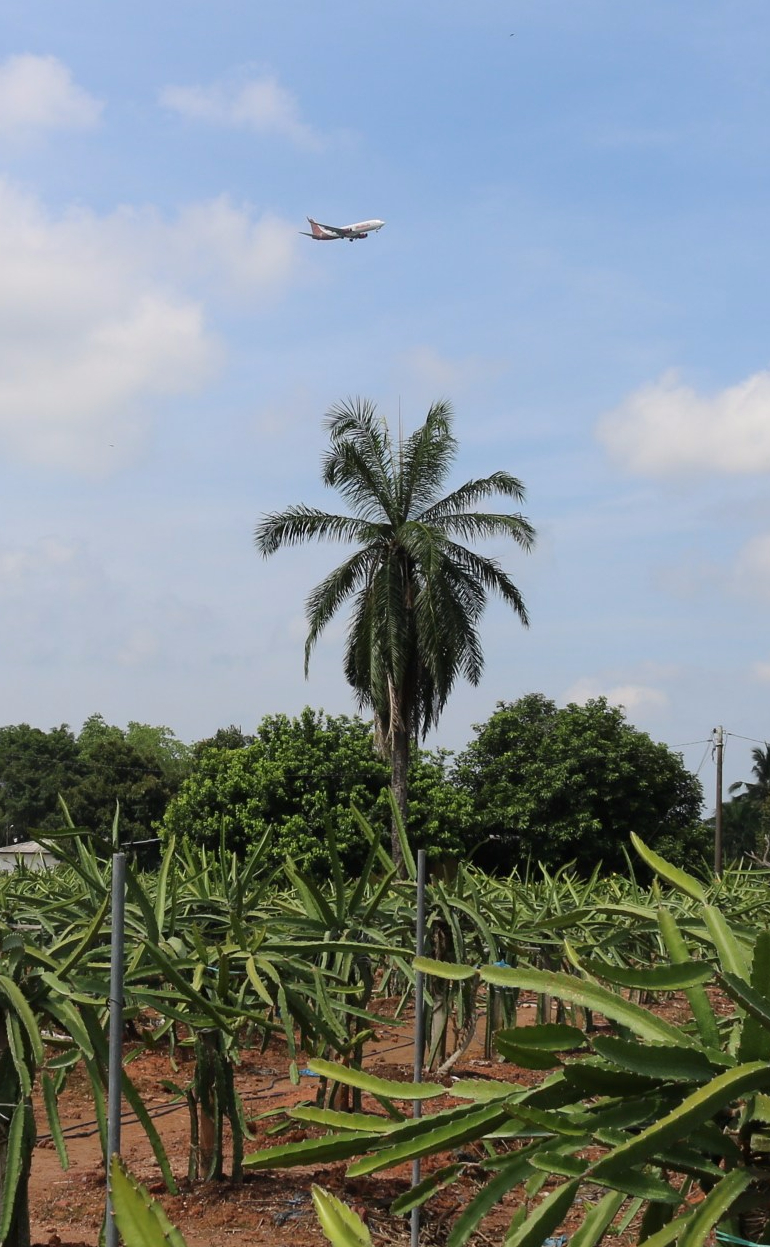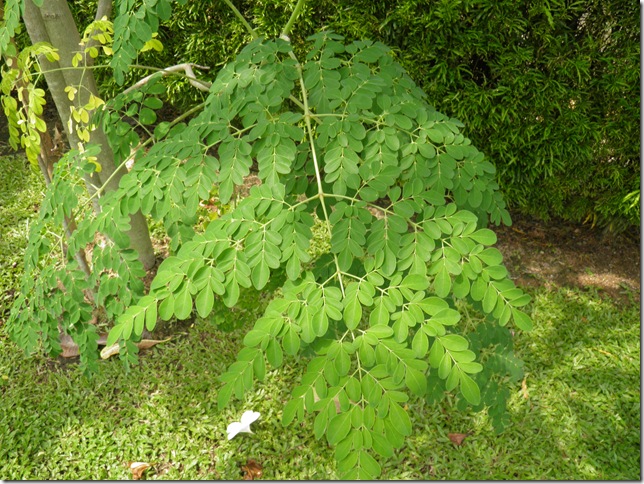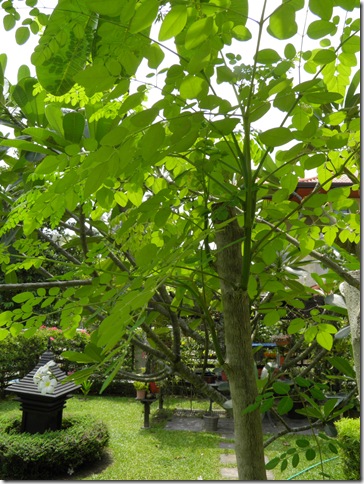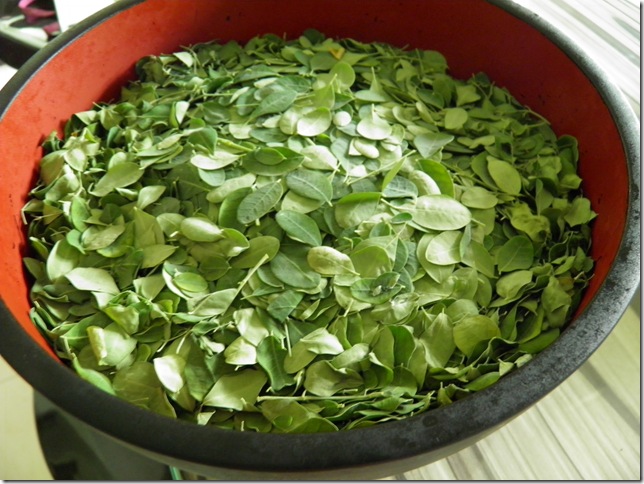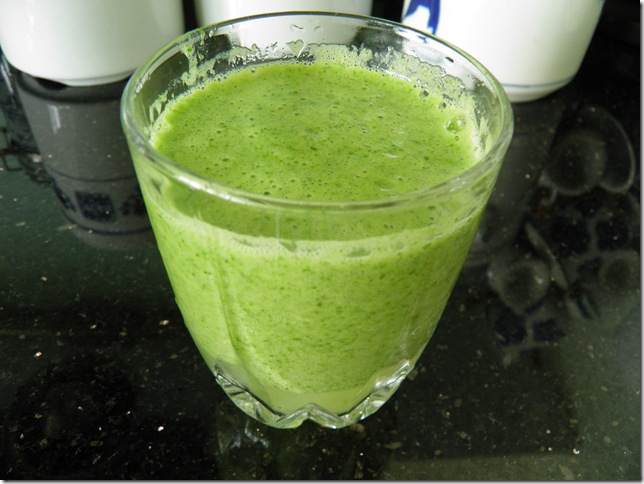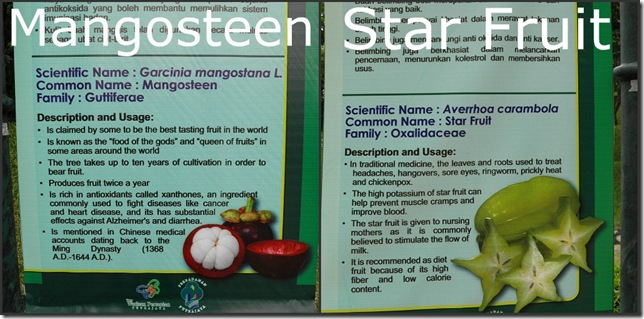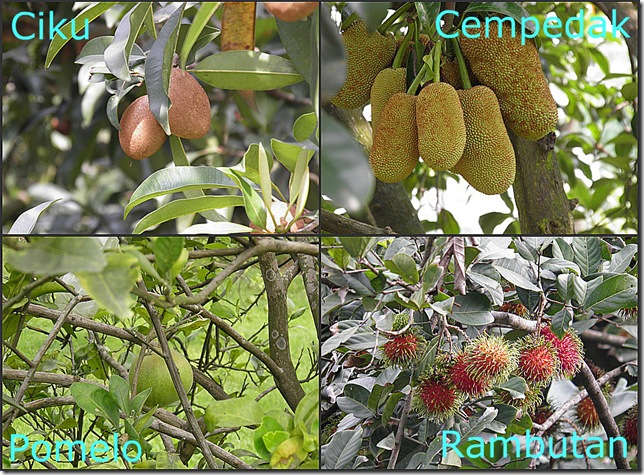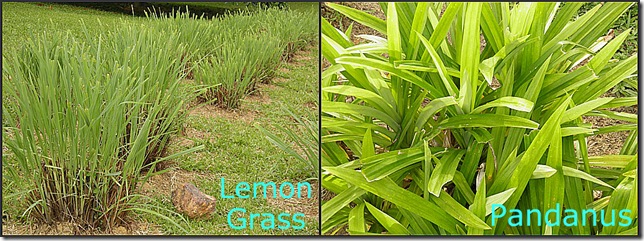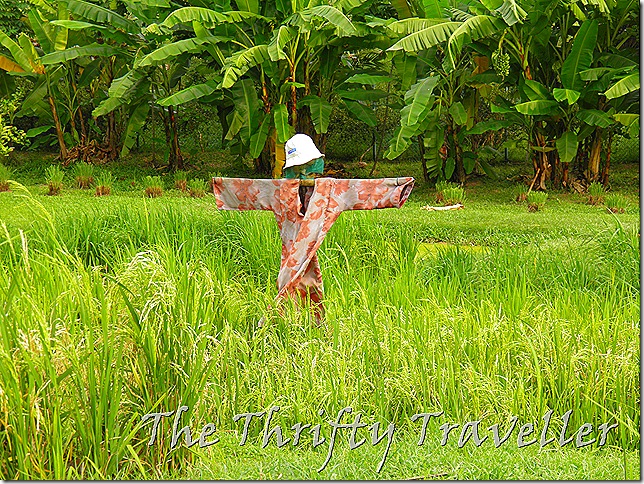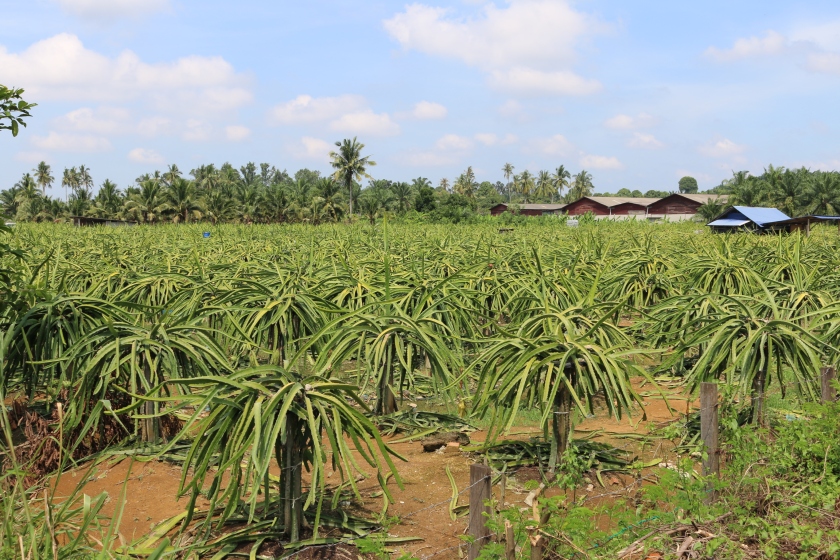
I visited a dragon fruit farm today near Sepang, not far from Kuala Lumpur’s International Airport. The farm is called Multi Rich Pitaya, ‘pitaya’ being another name for dragon fruit.
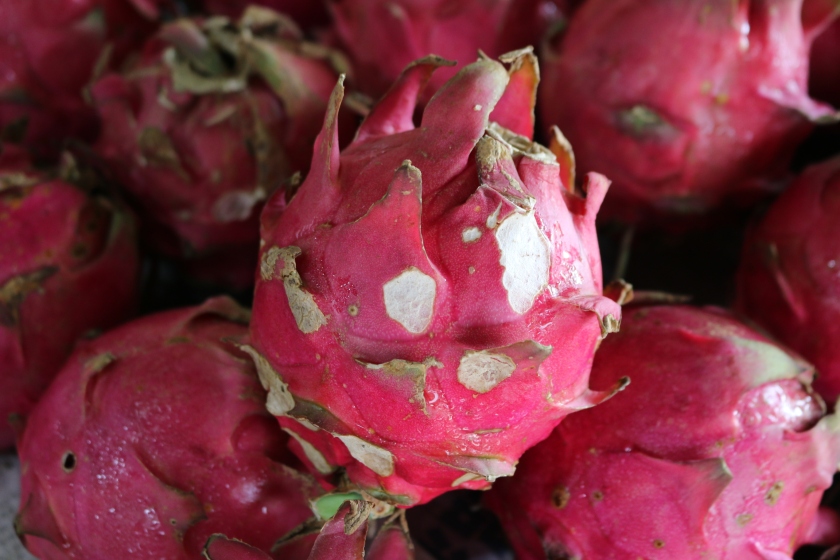
Dragon fruit’s scientific name is hylocereus derived from the Greek word hyle (meaning woody), the Latin word cereus (meaning waxen). Woody and waxen doesn’t sound particularly appetizing but it probably refers to its cactus-like stems rather than the fruit.
The fruit is thought to have originated in Central America and was introduced into Vietnam by French missionaries in the 19th century. Cultivation has since spread to all corners of the tropical world and some Mediterranean climates like Turkey and Israel, though Vietnam is still the world’s leading exporter.
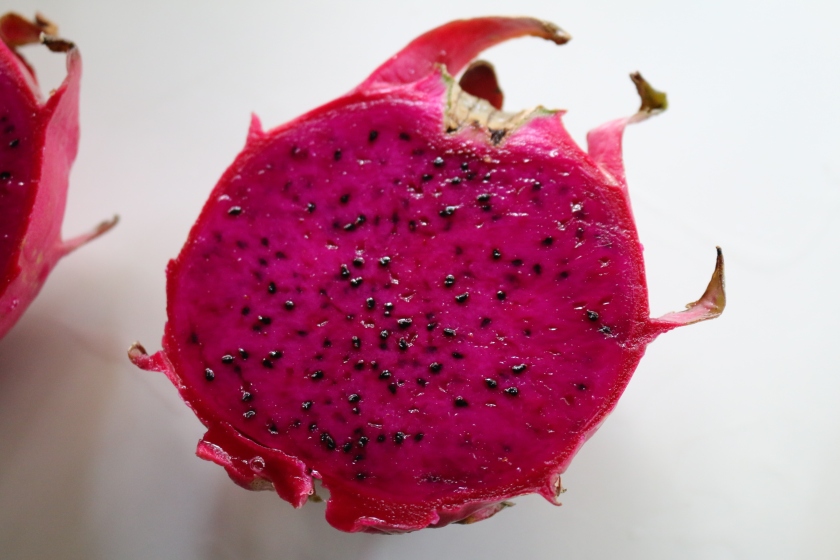
Types of Dragon Fruit
There are three varieties of dragon fruits grown in Malaysia:
- Red skin with red flesh.
- Red skin with white flesh.
- Yellow skin with grey/white flesh
All varieties have edible black seeds, like kiwi seeds but softer.
The yellow sort is not common in Peninsular Malaysia, though it is grown in Sabah. The white flesh variety is still probably the most common but the red flesh sort are more sought after (and more expensive) as they taste better. The white flesh variety can often be rather bland and disappointing.
Multi Rich Pitaya only grows the red variety.
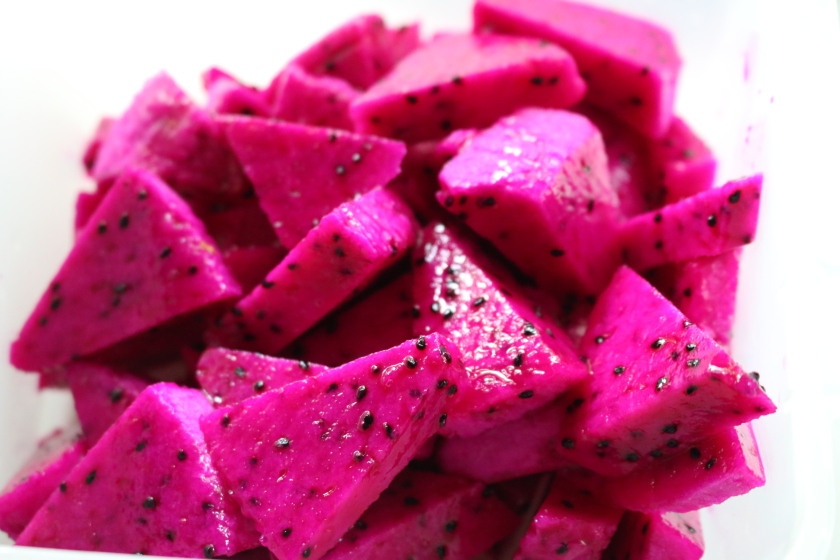
Uses of Red Dragon Fruit
Best consumed raw, preferably chilled, either by itself or as part of a fruit salad.
Mixes well with plain yogurt to produce a fantastically coloured dessert.
Can also be made into juice, smoothies or sorbets.
They are easy to peel. The skin is inedible but can be processed to make food colouring.
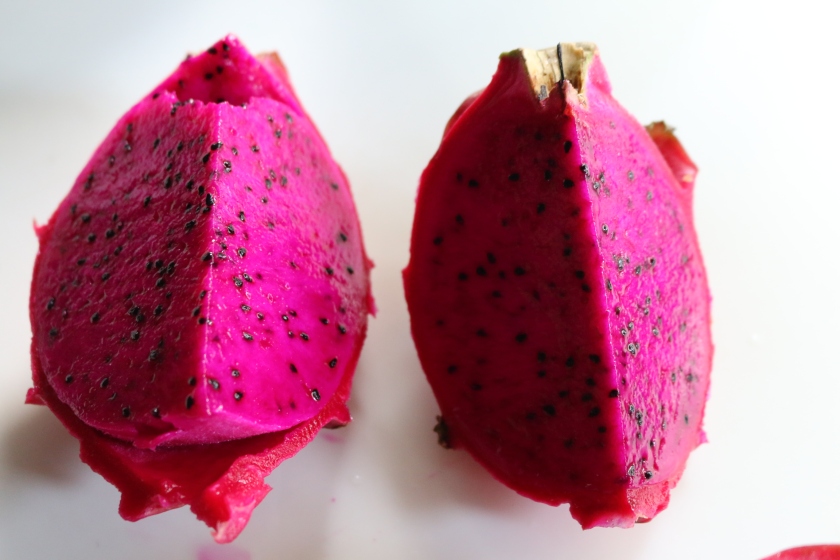
Reputed Health Benefits
- High fibre content aids digestion and reduces body fat
- Rich source of vitamin B, C, calcium and phosphorus
- Improves eyesight
- Controls hypertension
- Helps control blood glucose levels in type 2 diabetes sufferers
- Boosts immune system
- Improves skin conditions
- Rich in lycopene, thought to help prevent cancer
- Helps prevent gout and arthritis
- Reduces cholesterol
- Low in calories
If even only half of these claims are true it would seem foolish not to eat it!
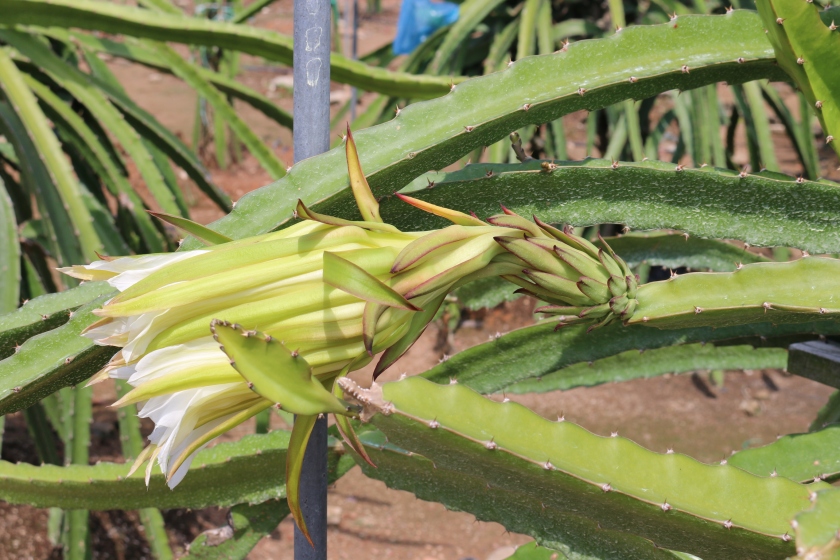
Dragon Fruit Flowers
The flowers bloom briefly, for one night only. They are large and attractive flowers with a sweet tropical fragrance when in bloom. Unopened flower buds can be cooked like vegetables. Dried flowers can be processed to make tea.
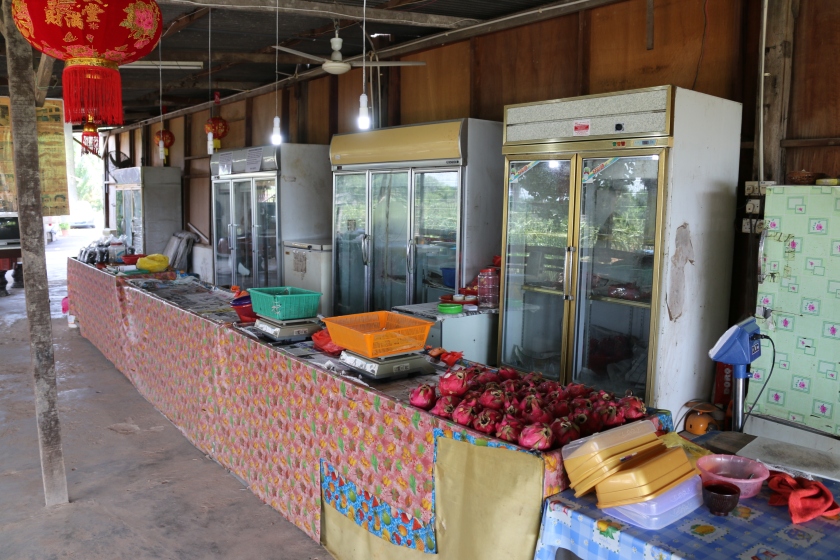
Multi Rich Pitaya Farm
This farm welcomes visitors. You can wander round the farm and buy some fresh dragon fruit in their basic shop. The ones you can buy here have been allowed to ripen fully on the vine and taste much sweeter than those you find in the supermarket.
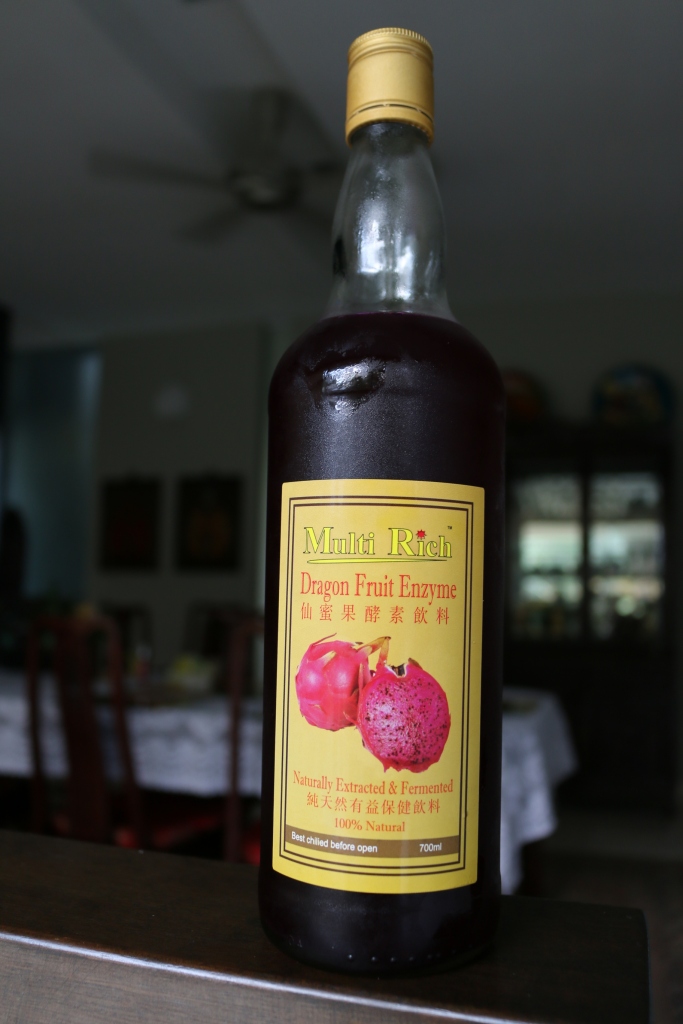
They also sell dragon fruit enzyme drink which is a delicious and healthy tonic.
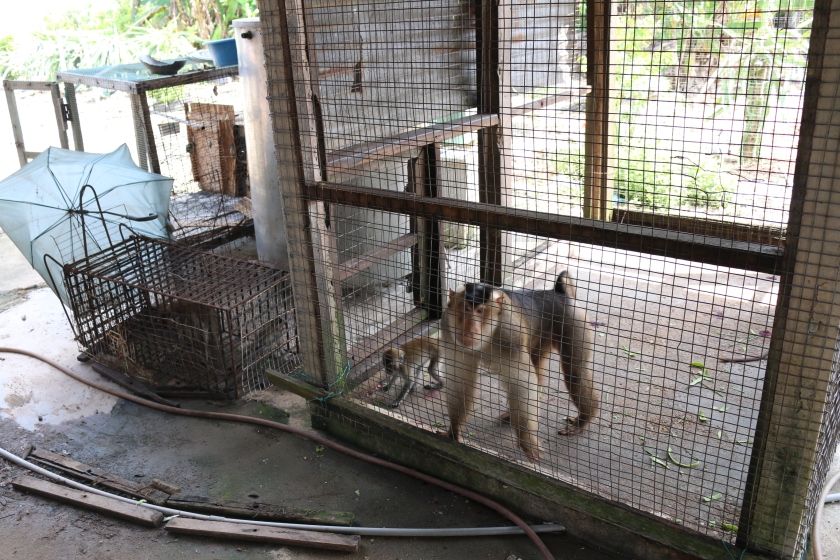
Multi Rich has a family of caged monkeys. The large male monkey doesn’t look happy in that small cage and it would be better if they were released or rehoused somewhere more suitable.
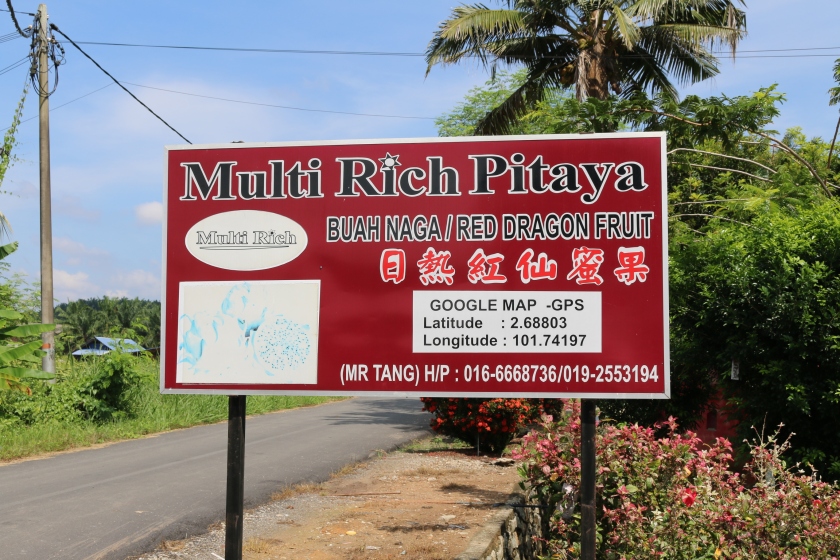
If you want to visit you can find the contact details and GPS co-ordinates on this photo.
